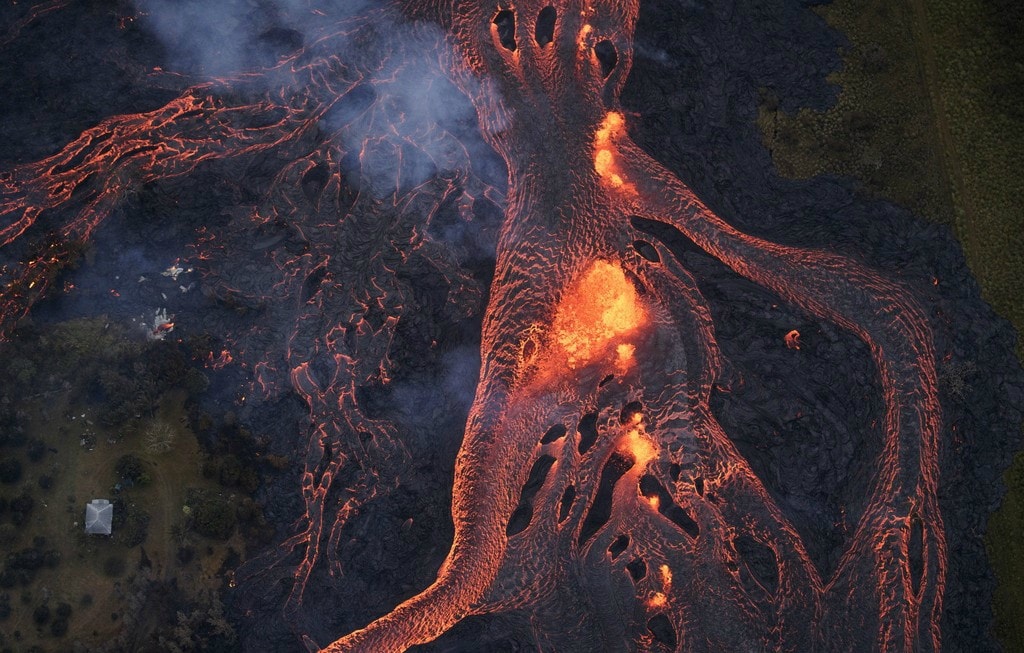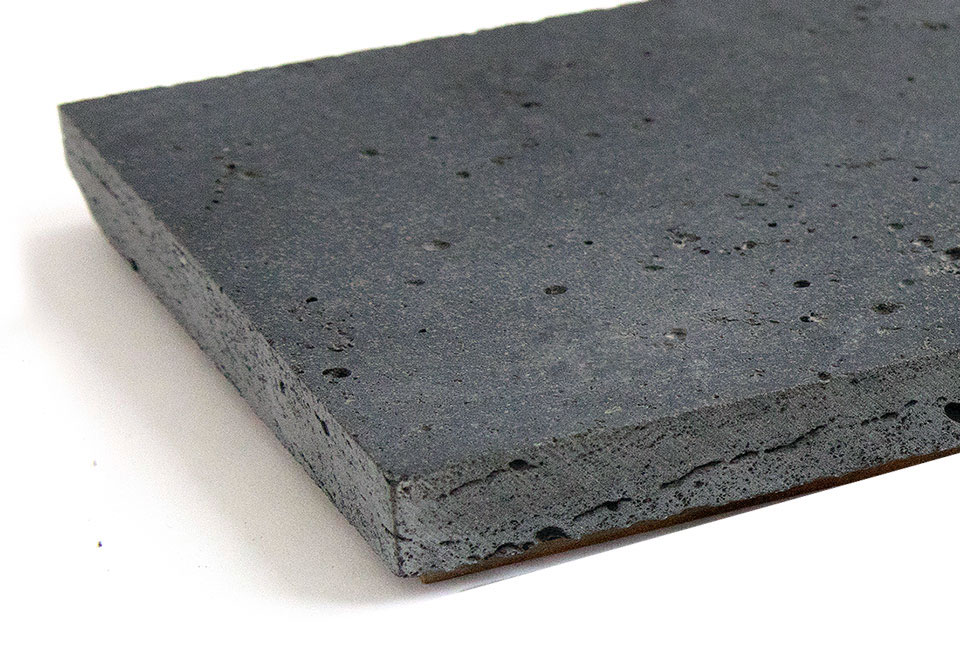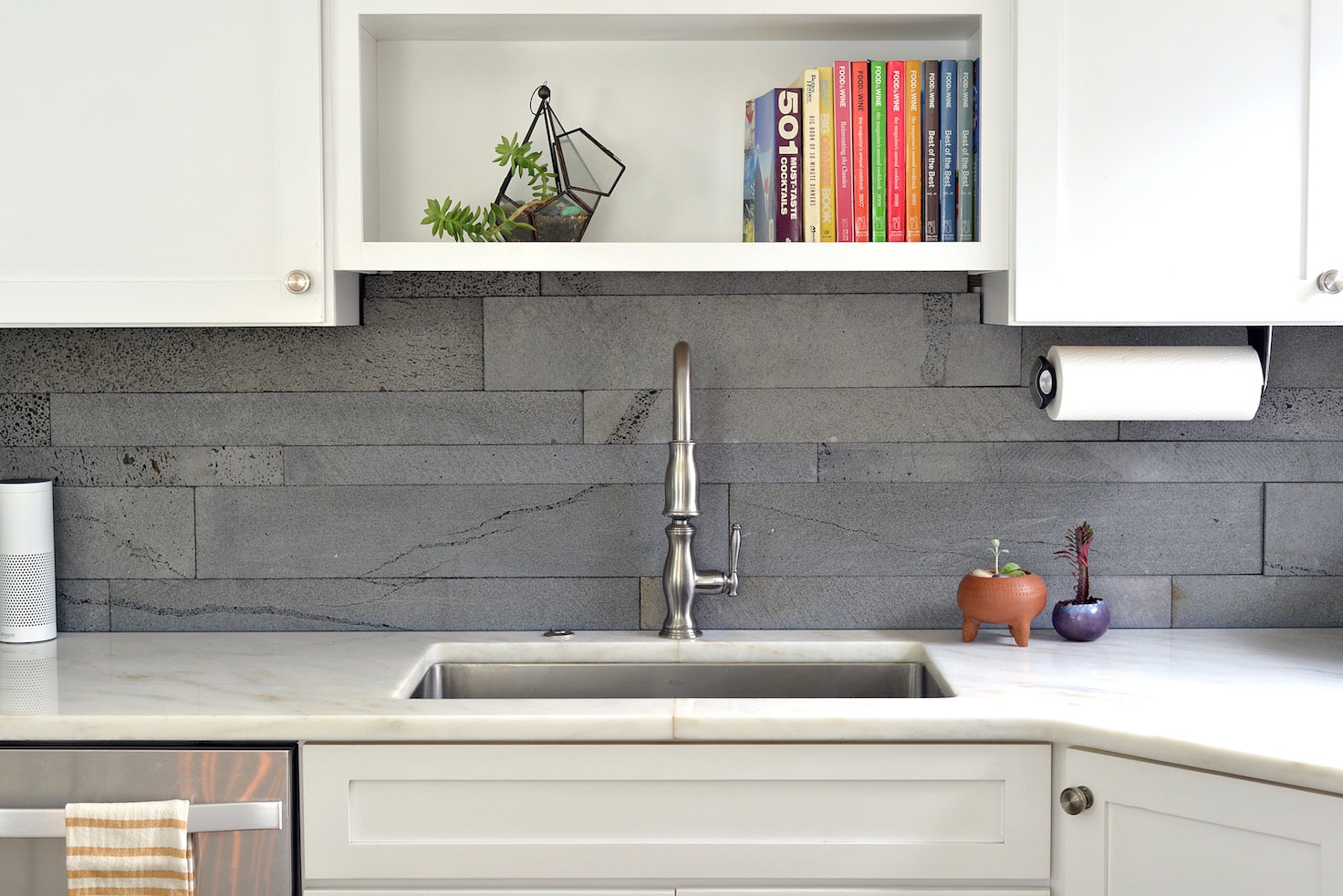Volcanoes are bad, but Lava Stone Rocks!
The eruption of the Kilauea volcano on the big island of Hawaii has been front page news for several days, with captivating photos of streams of lava snaking across the countryside. Our hearts go out to the great people of Hawaii, some of whom have had their lives turned upside down. Seeing all the lava flow on tv reminds us of the Lava Stone that we make some of our Planc Series large format tiles with, so we wanted to take a look this week at what exactly Lava Stone is and isn’t, and why it makes a great building material.

When we first started considering using Lava Stone to make our natural stone tile and veneer products, one of the first questions we wanted to get answered was what makes Lava Stone different than Basalt? Having worked with Basalt for almost a decade, starting with our Lynia Interlocking Tiles, and more recently in the Aksent 3D Stone Veneer Series, we knew that Basalt was by definition a volcanic rock in the grey to black color range. After some research and talking to the team at our quarry we learned that Lava Stone and Basalt are actually very similar. The main difference is that Basalt is formed when lava cools at a fast rate, or sometimes even cools under pressure, making it a very hard and dense stone. The Lava Stone that we are sourcing and using in our products is nearly the same stone from a mineralogical make up, but the lava cooled slowly and not under pressure, forming the very veining and light honeycombing that can be seen in this stone.

The veining and other “surface characteristics” is one of the things we really like about Lava Stone and is something that sets natural stone apart from man made stone and tile. Since we’re a company that focuses only on natural stone materials, the unique way that this stone looks is super appealing and something that can only ever be imitated, but never duplicated by man made tile production.
One of the things we’ve enjoyed the most about working with Lava Stone on a few of our first installations is how with a little bit of foresight, an installer can really take advantage of the veining and other surface characteristics to create continuity from piece to piece. As seen in the photo below, we were able to position and match up some of the veining on the two bottom rows to the left of the kitchen faucet to create an eye catching, and totally unexpected look in a tile product.

The hardness and durability of Lava Stone is something else that makes it very special. This is especially true with our Planc large format tile, which is 31.5” long and can be as narrow as 2.4”, all at just over 3/4” thick. A relative toothpick in natural stone fabrication terms, it takes a strong stone to hold up along these dimensions for transport, cutting, and installation, a task that Lava Stone has proven to be up for.
We are currently working with Lava Stone on a couple different products in our line up. Our Platinum color in the Planc Series is a saw cut Lava Stone and the Graphite color in that same series is the same stone but with a honed face. While the markings and veining tend to steal the show with the Platinum product, the smooth honed finish of the Graphite is a texture that will have people wanting to reach out and touch. We are also currently prototyping using these same two stones to add them to our existing Aksent 3D panel line in the future. Keep checking back with our blog to see what other products we can dream up using Lava Stone and contact us today to learn more about how a Lava Stone product might be a good fit for your next natural stone project!
.png)



